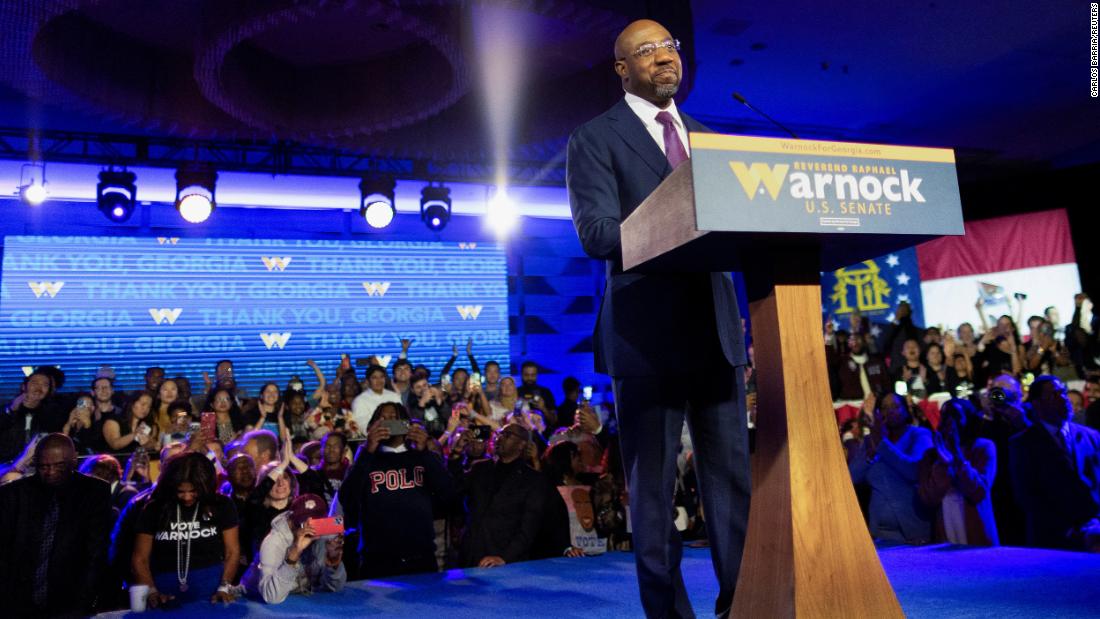Memo to Policymakers: Don’t Let Emotion Drive Crime Policy
Our perception of the crime threat isn't based on facts, but on emotions that are supercharged by whatever political administration is in power at the time, writes the founder of Partners for Justice.

In November 2021, Gallup released a poll that examined Americans’ perceptions of crime rates. In it, ordinary people were given the opportunity to opine on whether crime was rising or falling in their locality and in the nation at large.
The results rang clear: Americans believed crime was worse compared to the previous year. The poll also noted that Republicans drove the perception that crime was rising, particularly in small towns and rural areas.
When we zoom out and take a 20-year view of who thinks crime is rising—and how― we realize that this poll was not an anomaly. Every decade, American perceptions pretty much perfectly mirror their national political landscape: the party out of power panics about crime.
In other words, our perception of the problem isn’t based on facts, but on emotions that are supercharged by whatever political administration is in power at the time.
And right now, many of us certainly do not feel secure. America is in conflict with itself and in the throes of multiple crises at once. The COVID pandemic has taken nearly a million lives. Climate catastrophes are worsening. Wages are stagnant, inflation is rising and wealth inequality is growing.
Having dedicated my career to helping public defender clients navigate the multilayered world of crises in which we live, I see this firsthand. And I see the degree to which emotions — namely fear and anger — drive our policy conversation.
But what I don’t see is a factual basis for the way Americans perceive crime.
In normal policy conversations, we research facts, and we poll for opinions. We set forth the reality happening on the ground and ask people how they feel about various policy options, state and federal actions and lawmakers, in an effort to help untangle these complex, multifaceted topics.
Of all these diverse areas of debate, none conflate these opinion polls with fact — except in the area of criminal law.
Criminal law is unique as a body of policy in our nation. In medicine, for example, data is carefully tracked, and new treatments are developed, tested, evaluated and approved with a focus on minimizing harm while maximizing benefit. In education, data is carefully collected and analyzed to shine light on the teaching methods and curriculums that do the most good for students.
Why then do we allow our criminal law policy choices to be driven not by research-based solutions but by waves of emotion?
What are we afraid of? Who are we mad at? What would make us feel safe? When the things that actually make us safe are different from what would feel good, we go with feeling every time, neglecting the options that would actually make our society more just along the way.
This is like using a mood ring to make policy decisions. And it’s absurd.
That’s not to say we don’t have strong evidence in criminal law. Well-documented data clearly shows violent policing, mass incarceration impacting primarily Black and Brown people, generational harm and ripple effects from our punishment system are problems.
We also have research proving the number of strategies that can be used to address these maladies, like offering people access to housing, medicine, meaningful work and engagement with their communities make things better.
Nowhere is this clearer than in my line of work.
The program I started, Partners for Justice, works with public defenders across the country to expand their services and empower them to do more of the pro-safety things listed above. With our assistance, public defenders help people get emergency food and shelter, navigate services and find jobs.
They also connect people with benefits, and support them through mental health or substance use treatment. All of this helps diminish the use of incarceration.
Leveraging data, we use the strategies that objectively work to make our society safer, collaborate with networks of service providers and community organizations to transform public defense, and rush resources to the people who need them most to improve safety in our communities.
Yet despite the hard data we have on where we should go from here, the vast majority of resources in our sector pour toward the emotionally based responses that have failed us for decades, like incarceration. And many lawmakers and activists remain skittish about the prospect of shifting their approach to addressing the perceived spike in crime.
This is likely because the factual story about our current national crime wave is complicated and cannot be easily summarized with a simple Gallup poll.
Taken together, isolation, the pandemic, economic stress, confinement and perhaps even the spike in gun sales we saw after the attack on the Capitol appear to have led to an increase in violent crime. Whether they have or not, crime today is lower than it was a decade ago and, placed in context, a far less significant risk to public safety than substance use, lack of access to medical care, vehicle accidents and suicide.
What’s more, most forms of it are falling, including property crime and violent acts like robbery and sexual assault. In short, we have seen a short-term, complicated spike in violence that we need to examine and address; but crime, as a whole, is not rising.
But that’s not all.
The hard evidence shows no actual correlation between recent legal reforms and violent crime. As John Pfaff, Professor of Law at Fordham University, pointed out this year in The New Republic, “Not only have reforms been less extreme than they often claim, but the rise in homicides has occurred more or less equally in places that adopted reforms and those that rejected them. And given how few places have significantly altered their approach to crime, the homicide spike by and large took place on the status quo’s watch.”
He goes on to note that those who argue for tough-on-crime policing and policy are seeking remedies that have been proven to fail. To the extent homicides have risen, it is the status quo that has failed, not new strategies in which we have not yet, as a society, invested.
There is, in fact, a large body of evidence and analysis about these “new strategies” for promoting safety, and most of it points to fulfilling basic human needs and creating a combination of stability and opportunity for people in crisis.
Yet the primary question driving policy in this field is “What do people feel are the facts?”
All of this goes to say that we understand why Americans are confused about crime in their communities and which reforms offer a less violent future. But what we can’t wrap our minds around is why policymakers, elected officials and other supposed experts in positions of power accept opinion polls about crime as stone-cold fact, especially when there is a large body of evidence and analysis about what actually makes people safe, fulfilling basic human needs and creating a combination of stability and opportunity for people in crisis.
Here are the facts: Criminal law in America was shaped by our history as slavers. It was built, in many ways, as a mechanism to continue the oppression of Black people, create violent systems of control and dehumanize the people it targets, in order to perpetuate its own power.
Our criminal legal system has never been designed to reduce harm, prevent violence or keep people safe, but rather to feed public biases and fears, manage security theater at best, and lethality towards Black and Brown Americans at its (constant) worst.
As we look ahead to midterms, many politicians will likely try to manipulate the facts on crime with a fear-mongering narrative that supports their hyper-partisan aims.
We must not tolerate this. Feelings about facts are not as good as facts themselves.

Emily Galvin-Almanza
We must hold our leaders to a higher standard and demand data-based reforms that promote solutions and, consequently, a safer future for us all. Because care works better than a cage ever will.
Emily Galvin-Almanza is Founder and Co-Executive Director of Partners for Justice, a nonprofit that supports holistic public defense in public defenders’ offices around the country. She previously worked at the Bronx Public Defenders as a criminal defense attorney.

 Landwebs
Landwebs 























